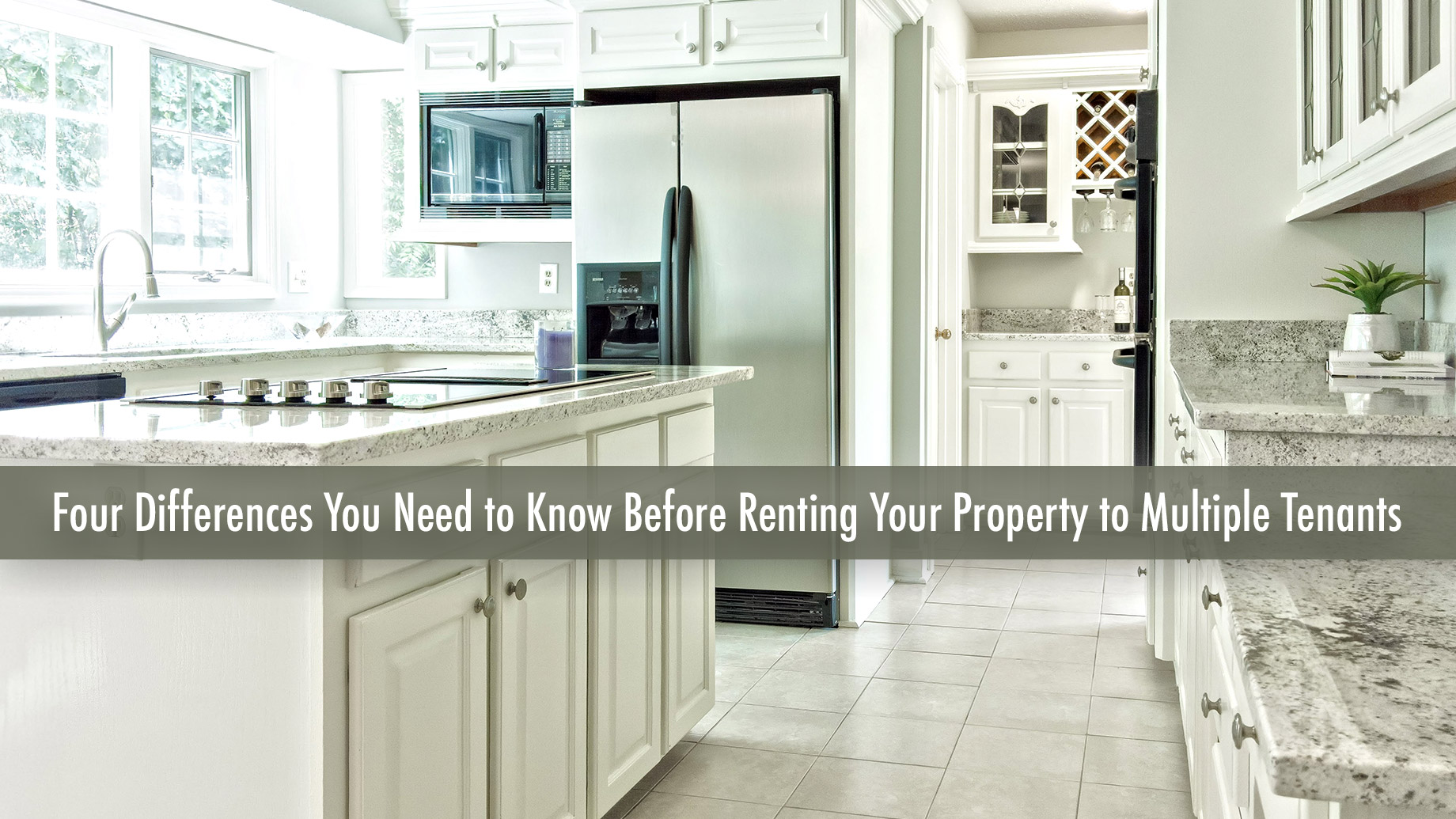
If you own a large home that is sitting empty, renting it out to multiple tenants might be a wiser idea than trying to find a big family to move in. Renting a big house per room is often easier since you can find tenants individually instead of hoping that a big group of people will all want to move in together. And since you can charge each tenant per room rather than the house as a whole, you can start making money even if every room is not filled. However, before you rent a house of multiple occupations (HMO), there are several factors to consider.
Separate Contracts
With an HMO, each tenant will have their own contract, rather than one contract for the whole house. The contract must clearly state which room the tenant is renting from you, so it might be worth giving the rooms numbers or names in order to avoid confusion. The communal areas can also be somewhat of a grey area since they are covered by the rent from each tenant, so make it clear in each tenant’s contract what they are responsible for.
Insurance
Regular landlord insurance might not cover you when you are renting an HMO. Instead, you might need to look into HMO insurance, which is specifically designed to cover landlords who are renting a property to multiple tenants that aren’t related to one another. The main factor is to be sure that you are covered – the last thing that you want is to pay for insurance that doesn’t pay out when you need it to.
Council Tax
Houses of multiple occupations will also be slightly different in terms of council tax. Rather than having each tenant pay council tax based on the room that they are renting, the landlord is the party responsible for ensuring that the council tax is paid – unless you are renting to students who are exempt. You will need to factor this extra cost into the amount of rent that you charge each tenant; divide the council tax amount between the number of rooms and work out how much each tenant will need to pay you in order to cover it.
Furnishing and Bills
Most HMO landlords find that it’s easier for both themselves and their tenants to include bills in the rent and provide furniture. This is because most people who move into an HMO tend to be students or professionals looking for somewhere to live for a short while. Including the bills in the rent means that everything is covered, and your tenants do not have to liaise with strangers on who’s responsible for paying what, which can often lead to big issues if somebody doesn’t pay and one tenant has been left to foot the entire bill.
Renting out your property to multiple different tenants can often be easier and more profitable than trying to find a large family or group of people to take it – but keep these main differences in mind.